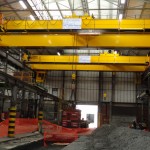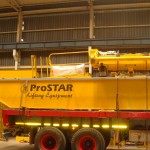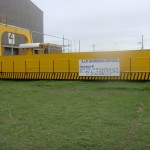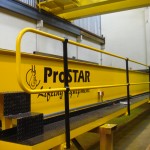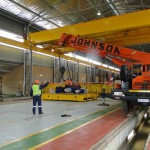Overhead Cranes
Overhead cranes cover a rectangular zone, moving a load side to side and in reverse and forward. The lifting gadget, called a hoist is mounted on a trolley for horizontal movement over a bridge beam linked to at least one horizontal girders which are upheld at either end by end trucks. The end trucks are joined at right points to the girders and move on fixed runways. The horizontal travel of push type cranes is powered manually by the operator; alternately, an electric overhead crane is powered by electricity. Still different cranes can be air-powered (pneumatic). Cranes come in an assortment of styles and are utilized with various connections to facilitate load lift, including:
Single girder crane – Uses a single bridge beam connected to the two runways and end trucks. This bridge beam supports a lifting mechanism or hoist that runs on the bottom flange of the bridge beam; also referred to as an under running crane.
Double girder crane – These cranes utilize two bridge beams that are set on top of the runway end trucks. They typically incorporate a top running trolley hoist which moves along the top of the two bridge beams on its own set of wheels for increased headroom under the crane; also called a top running crane.






